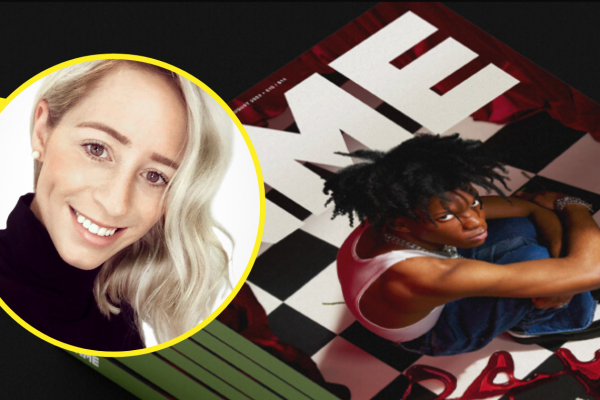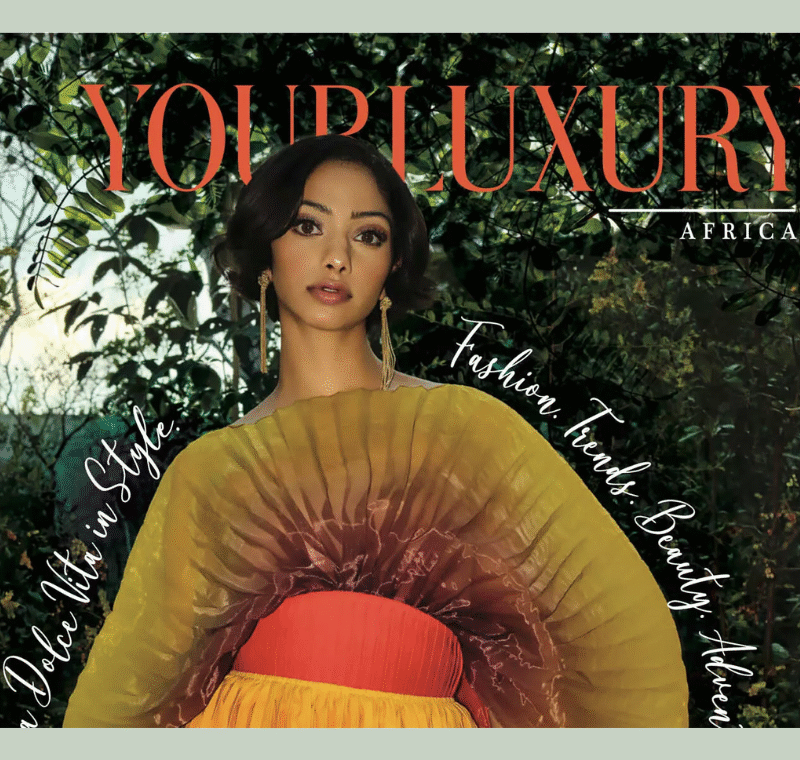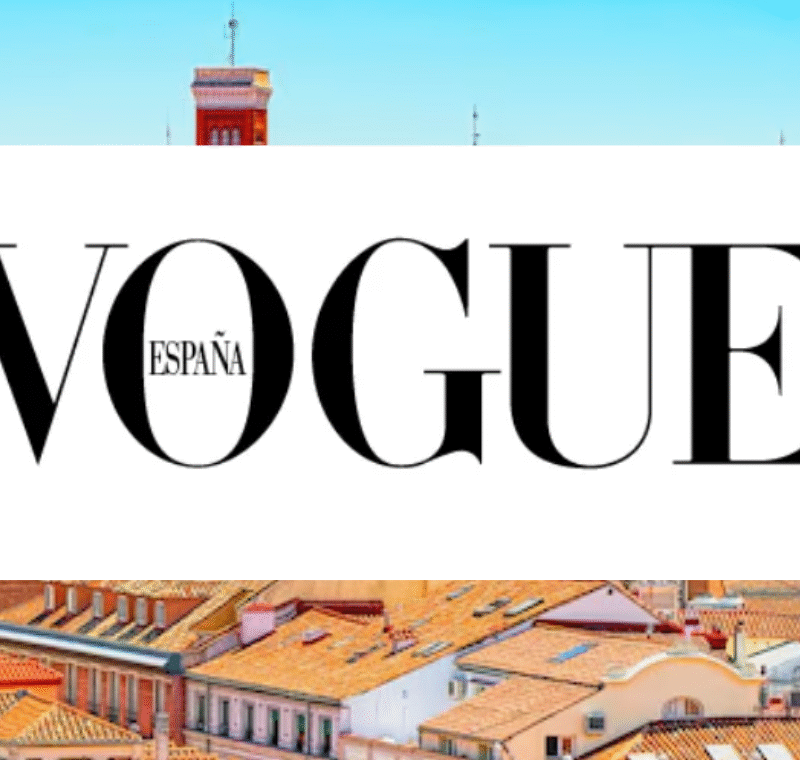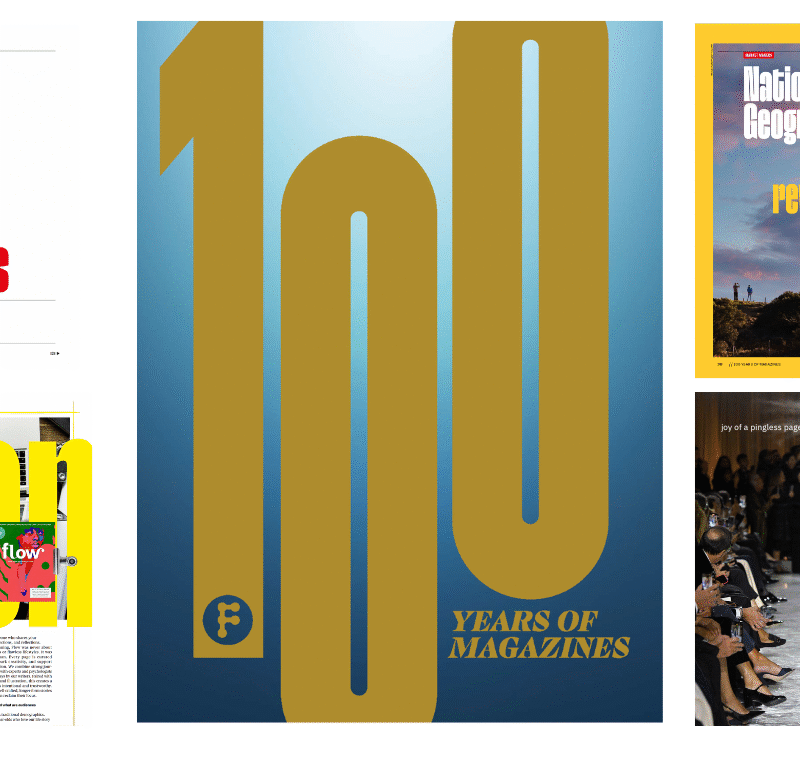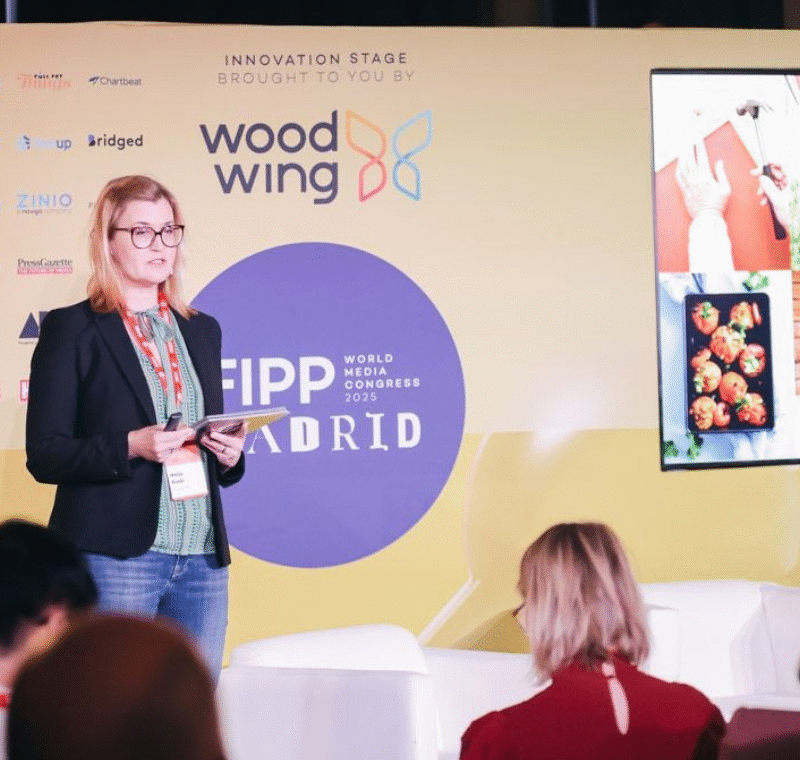Back for good: Holly Bishop of NME Networks on resurrecting an iconic music magazine
Holly Bishop chuckles as she recalls how her music taste swung widely from one extreme to the other growing up. “The first album I ever bought was …Baby One More Time by Britney Spears and I went from that to Eminem and Dr. Dre,” says the Chief Operating and Commercial Officer of media group NME Networks. “I dreamt of being like Britney but wanted to prove I had a bit of a rebellious edge.”
“I was, and still am, a Spice Girls fan and my parents played Genesis and Crowded House when I was young, so I’ve listened to a lot of classic tracks over the years. The fact that I now work for a brand that’s captured these great music moments for over 70 years and will continue to do so, is really great.”
For Bishop and the rest of the NME Networks team, capturing the excitement of falling in love with a new band or solo artist across its brands is of paramount importance. It’s a mission that kicked into high gear this year with a series of launches that arrived in such close succession, Bishop confesses she “needs a lie down”.
In May, NME Networks announced the arrival of The Cover, a new take on their historic flagship property promoting new artists. That was followed in July by the return to print of New Musical Express (NME) magazine and, in August, the relaunch and comprehensive rebrand of Guitar.com.
“I’ve been part of the NME brand on and off for the last decade and now definitely feels like the most exciting time,” says Bishop. “We’ve got over a global pandemic, stabilised our team, found our feet and are now really hitting the accelerator and looking ahead to lots of exciting plans across all of the brands.”
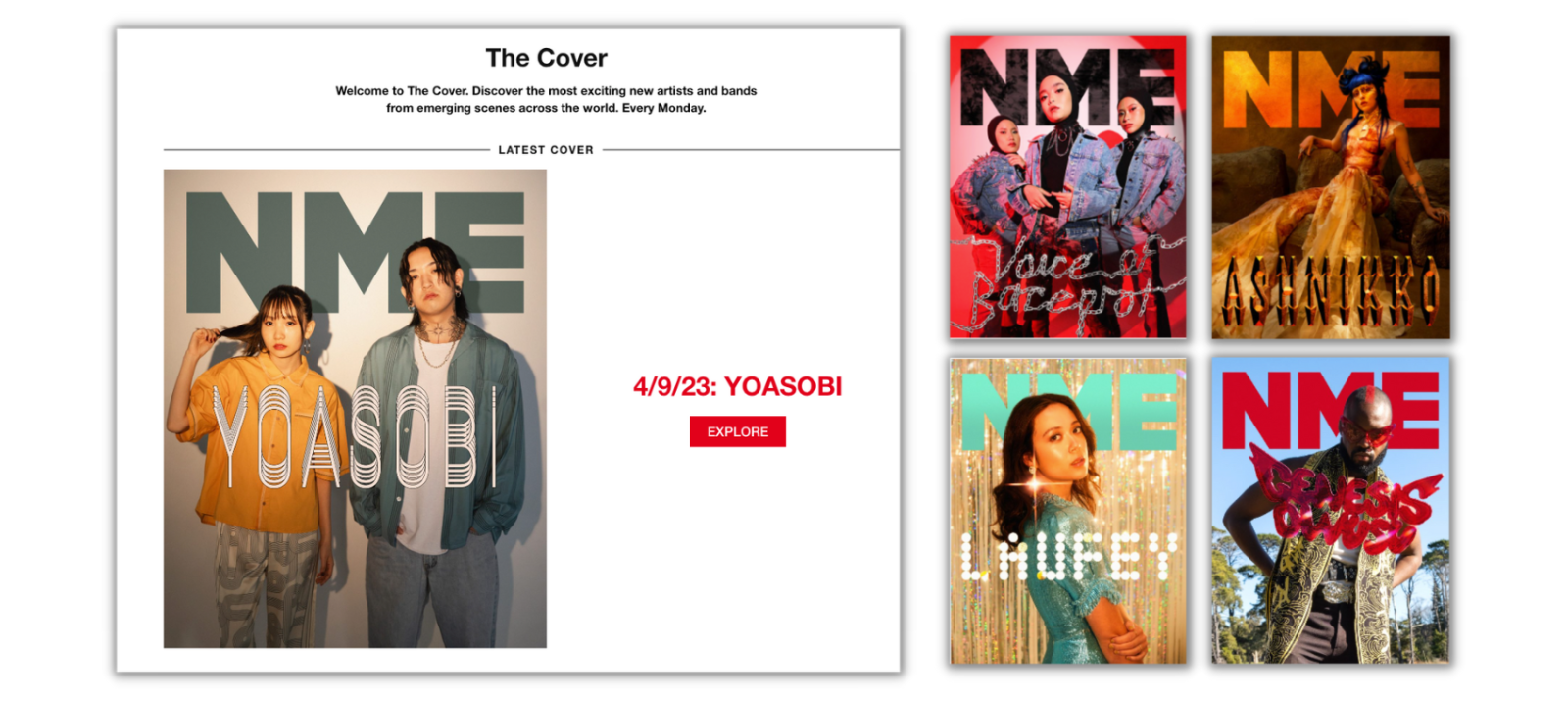
Return of an icon
Of all the new developments at NME Networks, the most high-profile is the return to print of legendary music magazine NME. Founded as a newspaper in 1952, the title is considered to be one of the most influential music publications of all time, helping to propel British acts including The Beatles, The Rolling Stones, the Sex Pistols, Oasis and Blur to global fame.
A weekly print incarnation of the magazine stopped in 2018, with NME going on to reach its largest ever readership as an online publication, alongside one-off printed specials and a title in Australia.
However, like a rock star making a headline-grabbing return to the stage, NME is back in print with a bi-monthly global edition showcasing the best new artists and bands, alongside industry insight and reviews of the latest music, TV, film and gaming releases. It’s a comeback, says Bishop, driven by the way print’s purpose has evolved.
“NME is an absolute icon in the print space,” she says. “And while we interact with millions of people every week through nme.com and our social channels, and that provides a great source of breaking news, print serves a unique purpose for us. It really allows us to embrace the NME legacy and create something physical that delivers a special and valuable experience for both artists and fans.”
According to Bishop, a return to print for NME has been on the cards since NME Networks was acquired by what is now Caldecott Music Group in 2019.
“We talked about what the right way was to do it and the right time,” she explains. “Our decision to return wasn’t about newsstand sales or ad revenue. We really wanted to take it back to – how do we create something meaningful that sees us champion and immortalise the best in pop culture at a moment in time?
“We wanted to appeal to the superfans that will appreciate and value exclusivity. So, if you think about the landscape today and the rise of digital – distribution isn’t the challenge when it comes to connecting with audiences, it’s really about that engagement piece. And in order to do that, you need to differentiate, create that scarcity, dial up the anticipation and get people excited.
We’re positioning each issue as this coveted item that transcends how magazines have historically been perceived. It’s the start of more printed product for us. How that evolves over time remains to be seen but I definitely think there’s a place for it.”
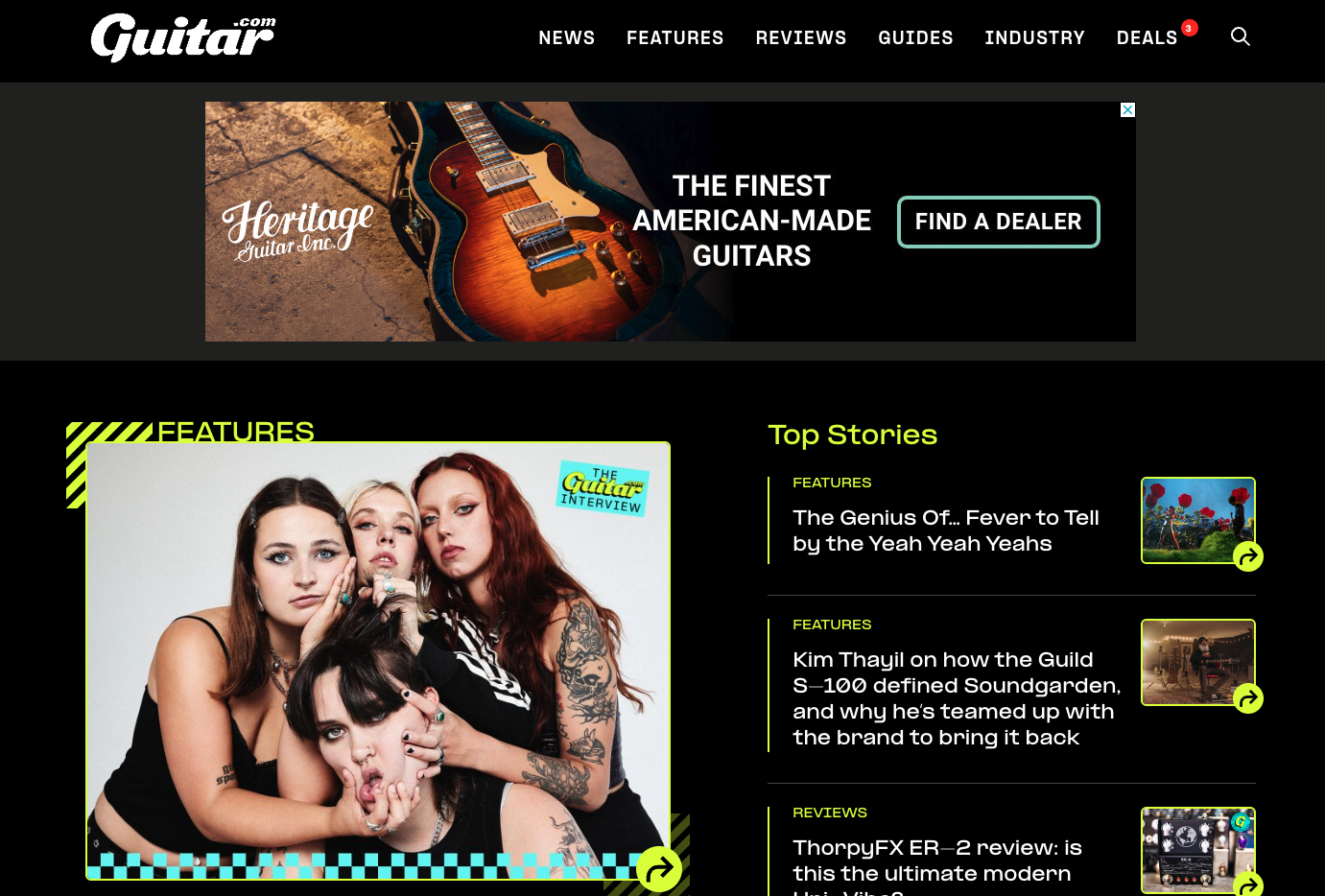
Keeping your finger on the pulse
Naturally there’s pressure on NME to live up to its reputation as a cultural phenomenon that’s helped shaped the music and pop culture landscape. Staying on the cutting edge and finding hot new acts is a challenge the brand embraces, though.
“It’s really about having that ear for the next big thing and just having the credibility to cut through the noise,” Bishop says. “There’s lots of music out there but if you’re a music fan, you turn to NME to cut through it and tell you what you should be listening to. It’s a filter. It’s great having lots of music, but we all still have a finite amount of hours in the day.”
Proof that NME is still unearthing musical gold can be found on the cover of their launch issue featuring extraordinary indie singer-songwriter D4vd, who started making music in his sister’s closet using BandLab and crafted his entire debut album on the platform.
“We’ve been able to share his story since the very beginning,” says Bishop. “It’s really rewarding to be able to provide this new platform to talent like David and elevate him to new fans as he’s starting to build his career.”
Forever young
While NME clearly still has an ear for good music, you have to wonder how appealing a 70-year-old magazine will be to the digital native generations like Gen Z and Generation Alpha. However, like the rise in popularity in vinyl records among younger generations, print publications are increasingly being seen as a cool, retro experience among those usually glued to their smartphones.
“I think one of the things NME has done really well is transcend so many age groups and still remain relevant,” Bishop points out. “We liken ourselves to the eternal teenagers. So, no matter how much time moves on, we’re still appealing to youth culture and the age groups coming through.
“While Gen Z and Alpha are digital natives there is an interest in our print magazine. We talk to that audience in our tone and in the talent that we cover day-to-day, so we can only assume that has translated into this interest. And there is almost a working case study there in the resurgence of other physical product in the music space.
“Whether it is adding a new record to your vinyl collection or getting hold of a limited-edition print magazine with your favourite artist, there’s no question young music fans are discovering that unrivalled emotional connection that physical media can create, and the role it really plays in forming our identities. You start collecting those things and it’s part of your identity and that’s why it’s crucial that a print product has timelessness to it with longer read features and beautiful photography.”
Domo Arigato Mr Roboto
Another similarity between media and music is the way both industries are eyeing up the rise of AI with trepidation and excitement. While new technology has the potential to unlock exciting new avenues, it’s important those generating content – whether songs or articles – are compensated and protected.
“AI is something we care deeply about because it can hugely impact emerging musicians and their ability to differentiate themselves from others,” says Bishop. “It will also empower emerging artists in unbelievable ways that we believe will be net positive.
“But you have to handle these things thoughtfully and extremely ethically to protect both the existing and the future human artist as relates to copyright and their ability to build careers and music.”
Championing emerging talent will remain a top priority for NME Networks across all its brands for the next 70 years and beyond, with its latest relaunch – an impressive revamp of Guitar.com creating a more immersive and engaging experience that appeals to the next generation of guitarists coming through.
With so much focus on rising talent at her company, Bishop has access to a constant flow of exciting emerging musical talent to listen to, with NME Networks getting their cover stars to curate a playlist every week.
“I enjoy that playlist – it helps me navigate tons and tons of music and keeps me relevant because I can’t just listen to the Spice Girls, Genesis and Crowded House,” she laughs.
“Although, I have to say, I don’t have a huge amount of free time at the moment, juggling work and a 21-month-old son. These days I tend to listen to a lot of nursery rhymes.”

